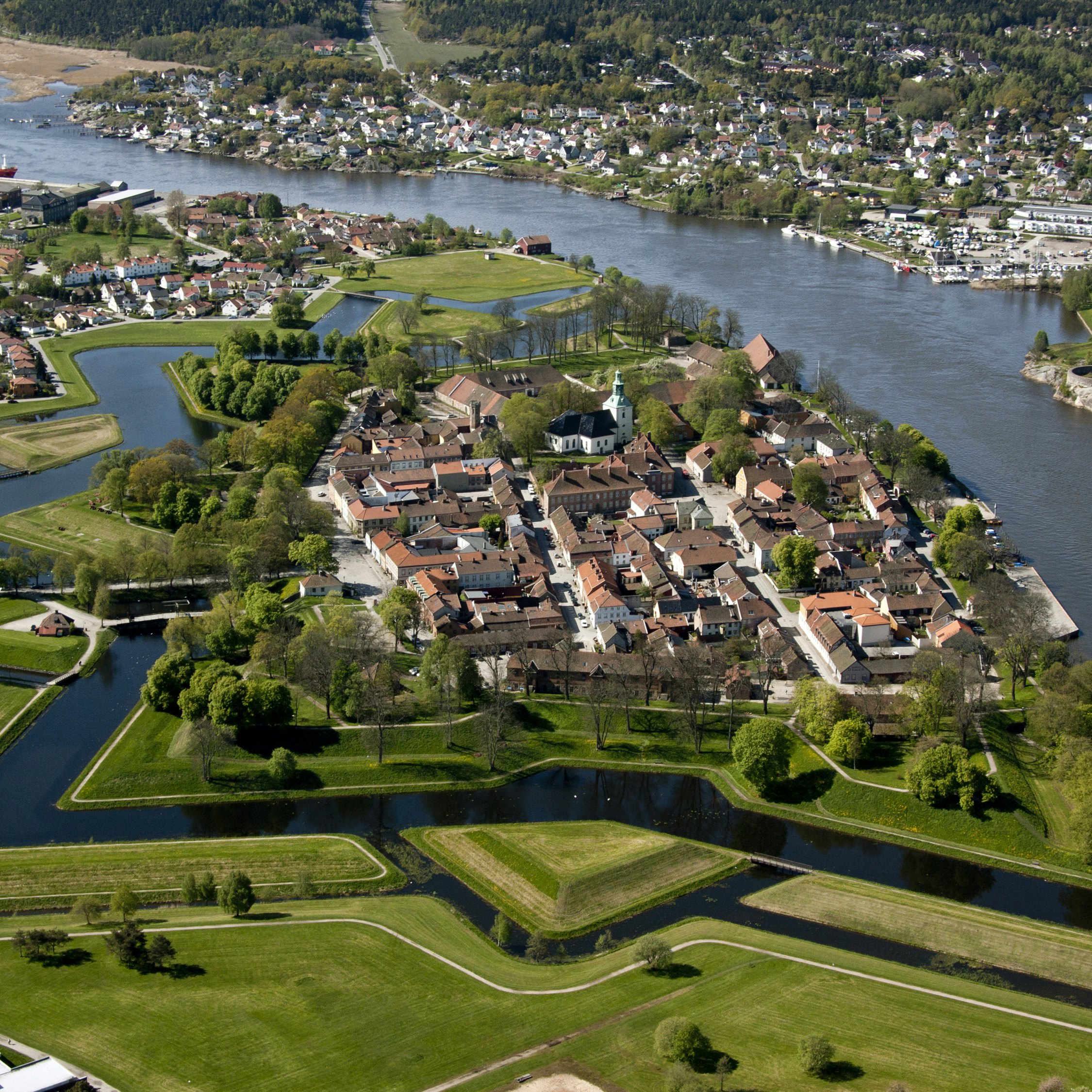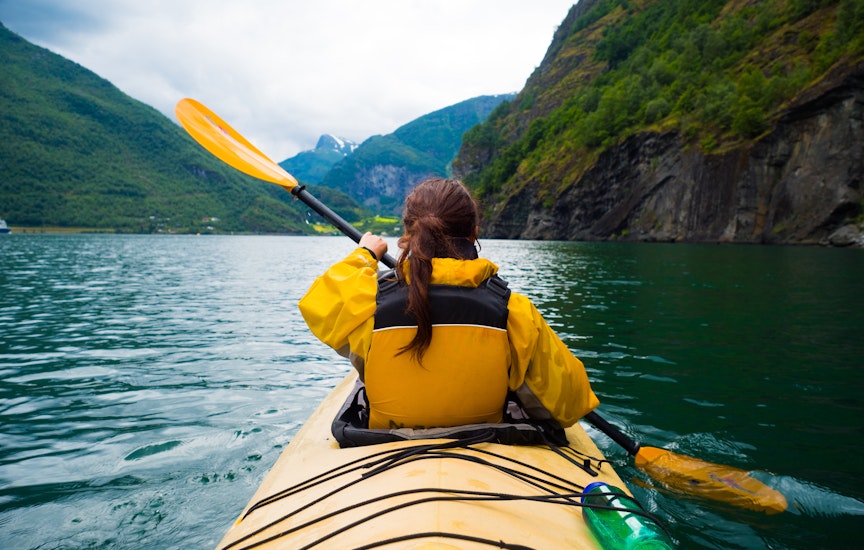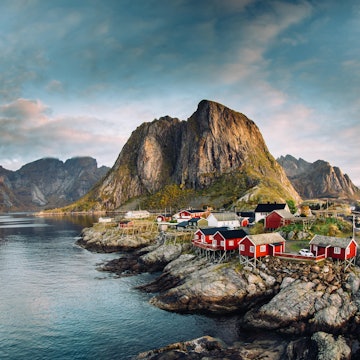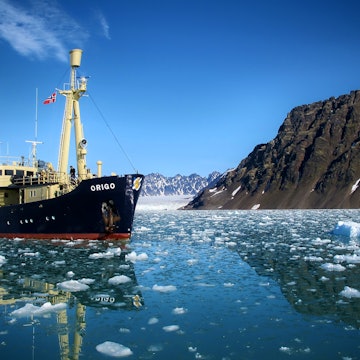

©Andrey Armyagov/Shutterstock
Overview
The essence of Norway's appeal is remarkably simple: this is one of the most beautiful countries on earth.
Leave the planning to a local expert
Experience the real Norway. Let a local expert handle the planning for you.
Must-see attractions
Planning Tools
Expert guidance to help you plan your trip
Best Things to Do
From cruising the fjords and wild camping to cities full of culture and incredible food, here are 13 top things to do on a visit to Norway.
Read full article
Best Places to Visit
Norway's appeal is remarkably simple: this is one of the most beautiful countries on earth. Here are the must-visit places on your trip to Norway.
Read full article
Best Time to Visit
Whether you want the midnight sun or the northern lights, our guide to when to visit Norway in 2024 gives you the details you need to book that trip.
Read full article
Things to Know
Norway is a wonderful destination – beautiful, safe and welcoming. However, these are the insider tips that will make your trip easier and cheaper.
Read full article
Transportation
Norway has efficient and comfortable public transport but its challenging landscape can make for tricky journeys. Here's how to get around Norway.
Read full article
Visa Requirements
Deciding to go to Norway is easy, but figuring out the entry regulations can be tricky. We've gathered all the info to help you on your way.
Read full article
Money and Costs
How to stretch your budget without missing out on the fantastic experiences that Norway has to offer.
Read full article
Traveling with Kids
Norwegians go the extra mile to welcome travelers with children in tow. And the country’s natural attractions are delightful no matter your age.
Read full article
Best Road Trips
The best way to take in Norway’s epic landscapes? Behind the wheel of a car. Here are five top road trips for experiencing it all.
Read full article
Get a book. Get inspired. Get exploring.
in partnership with getyourguide






















